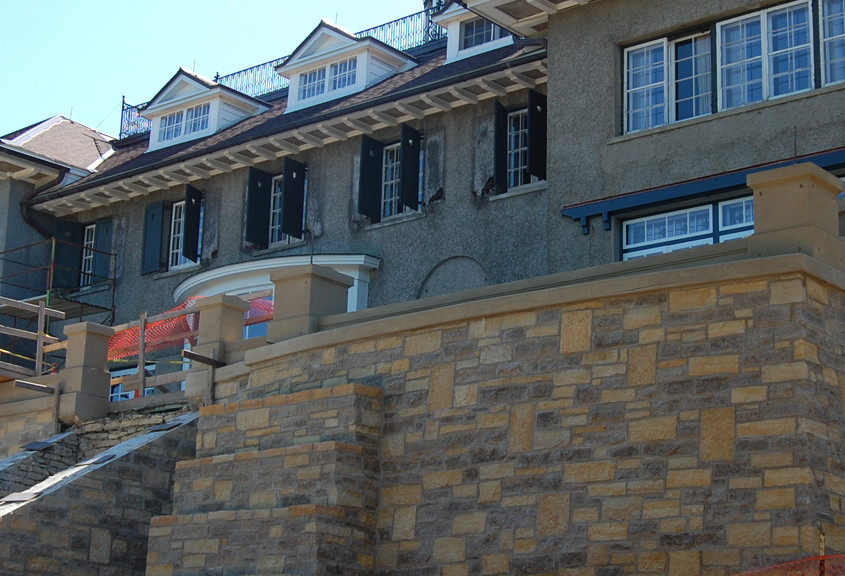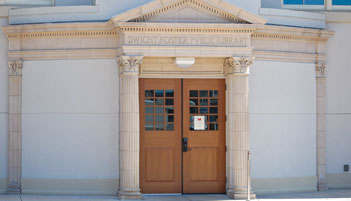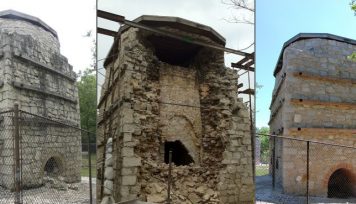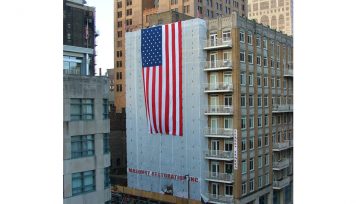Historic Preservation

Historic buildings often require special consideration during the repair process in order to prevent damage to the façade materials. The main difference between the restoration of historic buildings and that of newer buildings lies in the removal method of damaged material and the type of material used upon re-installation. In the repair of newer structures, matching replacement materials are typically readily available. However, in historic restoration, the existing building materials often need to be salvaged, cleaned, and repaired for reuse
Why Masonry Restoration, Inc.?
Our expert team has unmatched knowledge of the materials needed in historic restoration. The use of appropriate materials, especially in regards to mortars, is critical in preventing veneer material damage. The compressive strength of the mortar used to lay masonry must be comparable to that of the existing building material to ensure your structure is stable. We take extreme care in determining the proper composition of mortar for your building’s specific needs, including mixing the perfect color to blend in to your original façade. At Masonry Restoration, Inc., we often collect mortar samples from the exterior veneer, which we then send to a laboratory to be analyzed prior to starting a project. This helps us determine the exact color and composition needed to effectively restore your historic building.
Furthermore, in order to minimize the impact and stress of the repair process on the existing veneer, preventing further damage, we alter removal methods of existing historic building materials. This involves an increase in the use of hand tools and a decrease in the use of power tools. Due to the delicacy with which we treat historic buildings, these projects are often more time consuming; however, you can rest assured that your historic treasure will appear as if it the original building had never been in need of repair in the first place.
More on Materials
Historic mortars used prior to and at the turn of the 19th century often contain no Portland cement (the hardening agent in contemporary mortars). Portland-deficient mortar is softer than mortar containing Portland, so replacing the historic mortar with a comparable composition rather than a contemporary mixture is vital to the mortar functioning properly within the veneer.
The replacement materials must also match existing mortar in composition and striking method. This step is critical in preserving the aesthetics of your historic building.



